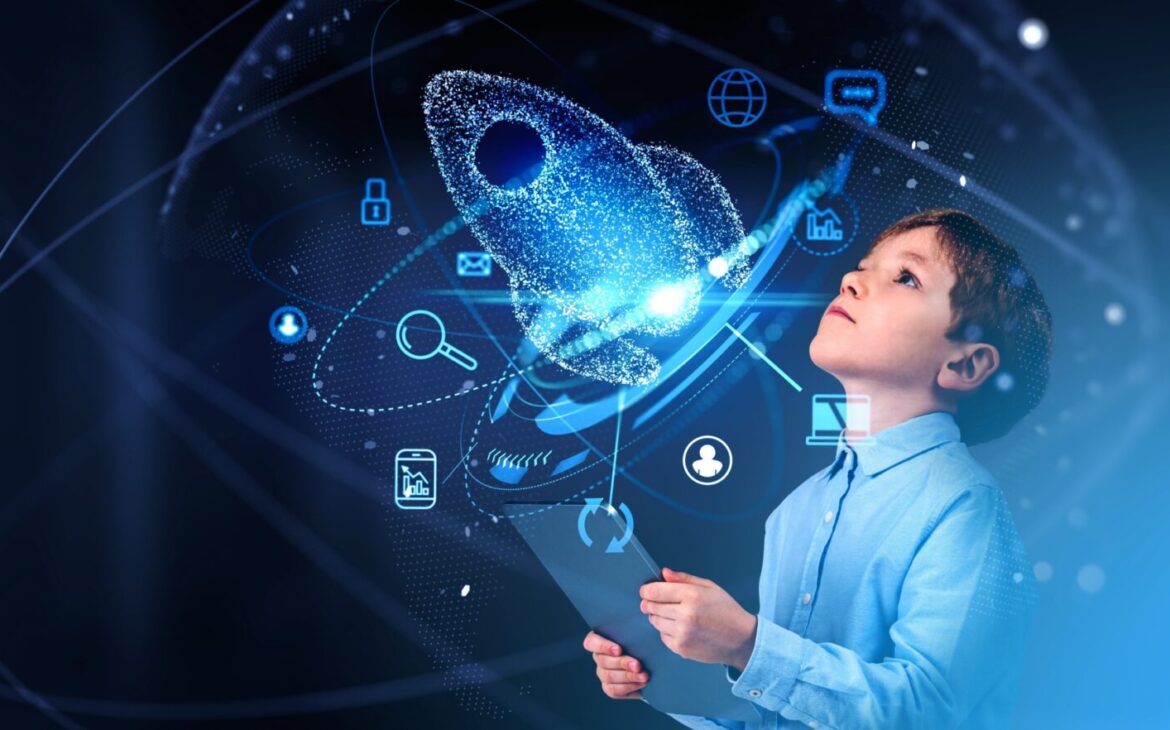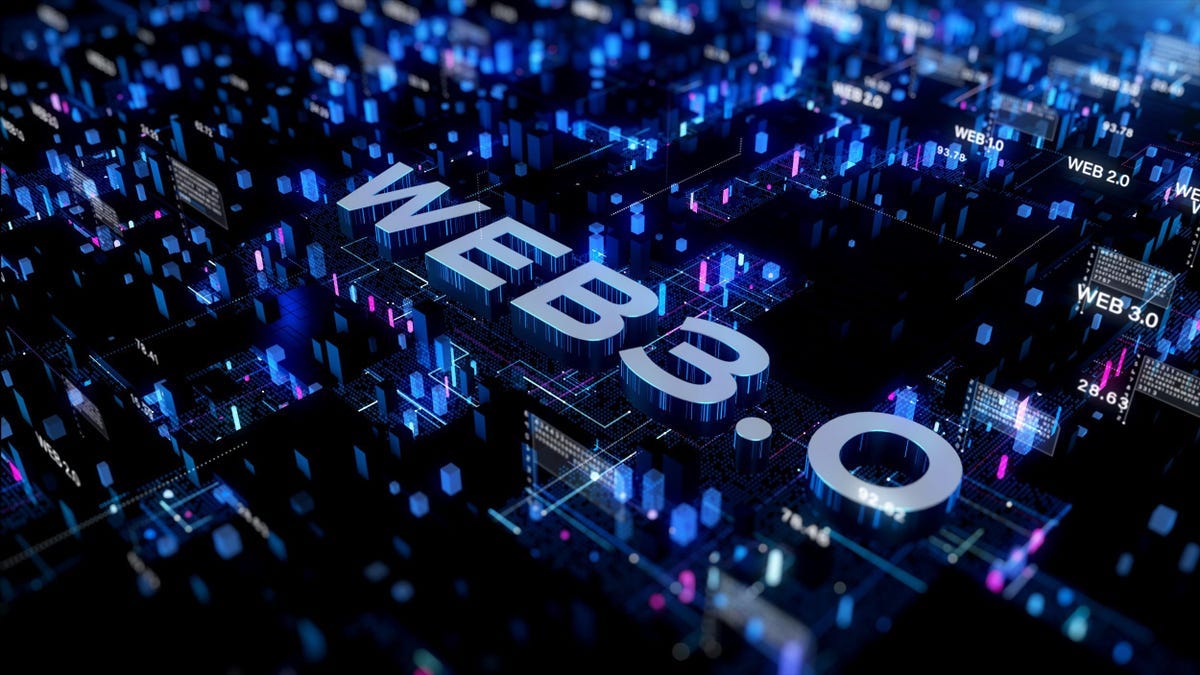Technology has significantly altered many aspects of our lives, including education. The shift from traditional classrooms to virtual spaces shows how teaching and learning have evolved. Students now have access to vast information online, while educators can deliver lessons in more interactive and efficient ways. The role of technology in education is crucial as it facilitates personalized learning, fosters global collaboration, and provides unlimited educational resources, making learning more engaging, inclusive, and effective.
The Evolution of Technology in Education Education has undergone a major transformation in recent decades, shifting from teacher-centered classrooms to technology-enhanced learning environments. Initially, schools integrated computers, which expanded to include projectors, tablets, and other smart devices. Today, educational technology (EdTech) has grown into a multi-billion dollar industry aimed at making education more accessible and student-centered. Tools like learning management systems (LMS), e-books, and online courses are now common across educational institutions.
The Impact of Digital Tools in the Classroom One of the most significant changes has been the rise of digital tools in classrooms. Chalkboards have been replaced by interactive whiteboards, which allow teachers to present dynamic lessons with multimedia. Tablets and laptops are now standard learning devices, giving students instant access to information and e-books. These tools also offer educational apps that make learning interactive. Projectors enhance visual learning, helping students better understand concepts.
Online Learning Platforms A revolutionary change in education has been the emergence of online learning platforms. Websites like Coursera, Udemy, and Khan Academy offer flexible, self-paced learning to students worldwide. These platforms allow individuals who may lack access to traditional education due to location, finances, or schedules to learn at their own pace. With a wide range of courses, including professional certifications, online learning has become an affordable alternative to conventional education.
Self-Paced Learning Through Technology Online platforms often employ adaptive learning methods, enabling students to move at their own speed. These systems analyze student performance to tailor lessons, offering a personalized learning experience. This allows students to focus on challenging topics without time pressure, which is especially helpful for diverse learning needs and schedules.
Virtual and Augmented Reality in Education Virtual reality (VR) and augmented reality (AR) are transforming education by creating immersive learning experiences. These technologies bring lessons to life, allowing students to interact with virtual environments and objects. For example, VR simulations enable medical students to practice surgeries, while history students can virtually explore ancient civilizations.
Virtual Field Trips With VR, students can take virtual field trips to places like the Louvre Museum or Egypt’s pyramids without leaving their school. This technology offers an engaging way to explore subjects like history, science, and art, providing interactive experiences that would otherwise be impossible.
Artificial Intelligence and Machine Learning in Education Artificial intelligence (AI) is also reshaping education. AI-powered tools personalize learning by adapting to each student’s style, improving comprehension and retention. AI-driven tutoring systems offer immediate support and feedback, functioning much like personal tutors.
AI-Powered Learning Analytics Beyond tutoring, AI helps teachers analyze student performance through learning analytics. AI can track student progress in real time, helping educators identify areas where students may need extra help. By predicting learning outcomes, AI tools enable teachers to create more effective strategies for student success.
The Role of Gamification in Modern Learning Gamification, which uses game-like elements in education, has become a powerful way to engage students. Platforms like Kahoot! and Duolingo incorporate challenges, points, and rewards, making the learning process more enjoyable. This method helps students stay motivated and enhances information retention.
Benefits of Gamification Gamification leverages the brain’s reward system to make learning fun and keep students focused. By turning lessons into games, students are more engaged and likely to retain information longer. Whether it’s math, language, or other subjects, gamified education keeps students actively participating in their learning journey.
Remote Learning During the COVID-19 Pandemic The COVID-19 pandemic accelerated the use of technology in education. With schools closed, remote learning became the norm for millions of students. Platforms like Zoom, Google Classroom, and Microsoft Teams enabled teachers to continue educating students from home. Despite the challenges, this period highlighted technology’s potential to ensure educational continuity during crises.
The Digital Divide: Challenges in Technological Adoption Despite the benefits of educational technology, challenges remain, particularly the digital divide. Not all students have access to devices, high-speed internet, or the necessary digital skills. This inequality can limit learning opportunities for disadvantaged students. Efforts to close this gap, such as providing free devices and expanding internet access, are vital to ensuring equal opportunities for all learners.
Future Trends in Educational Technology Looking to the future, technology’s role in education will only grow. Innovations like blockchain for credential tracking, AI-driven personalized learning platforms, and immersive VR and AR experiences are set to shape education. AI is likely to play an even greater role in assessing and addressing individual student needs.
Conclusion Technology is revolutionizing education, making learning more accessible, personalized, and engaging. From online platforms to AI-powered tools, its impact is profound and will continue shaping the future of education. By embracing these advancements, we can create more inclusive and effective learning environments for students everywhere.
FAQs
- How does technology enhance learning? Technology makes learning more interactive and personalized, catering to various learning styles and offering instant feedback.
- What are common EdTech tools? Popular tools include smartboards, educational apps, online platforms, and AI tutoring systems.
- How can teachers adapt to tech-based classrooms? Teachers can invest in digital training, use interactive media, and employ data analytics to monitor student progress.
- What role does AI play in education? AI personalizes learning, provides tutoring support, and helps track student progress through analytics.
- What is the future of tech in education? Education will increasingly incorporate AI, VR, AR, and other tech innovations to create more immersive, personalized, and effective learning experiences.





